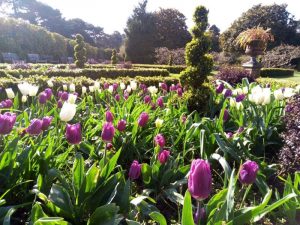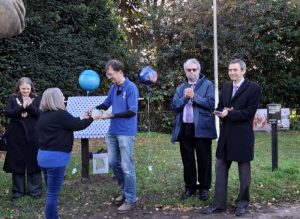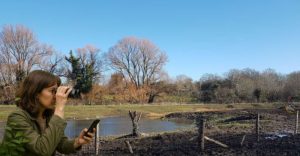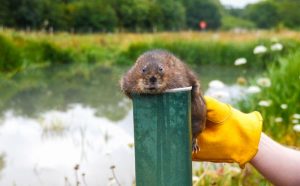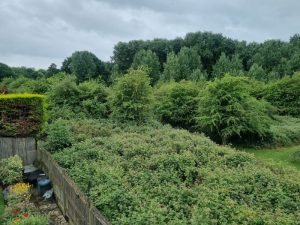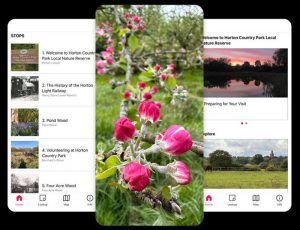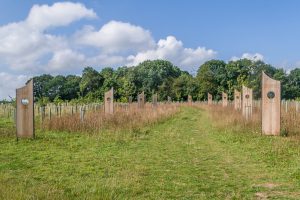Nonsuch Park has been awarded two top honours at the 2025 South & South East in Bloom Awards, taking Gold for both Heritage Park of the Year and Large Conservation Area. The Gold Award is the scheme’s highest accolade, reserved for entries judged to have achieved exceptional standards across all assessment categories.
Epsom & Ewell Borough Council said the result reflects a sustained programme of heritage restoration and environmental management, including the refurbishment of garden features such as the greenhouse, continued care of its champion trees, and conservation work across the wider landscape. Judges described Nonsuch Park as “an exceptional example of conservation in action”, commending its carefully managed habitats, historic setting and community engagement projects.
Councillor Anthony Froud (RA Stoneleigh), Chairman of the Nonsuch Park Joint Management Committee, said: “This is an incredible achievement and a reflection of the dedication of our volunteers and staff. Local volunteers, the Nonsuch Voles, and the Council’s Countryside, Property and Estates, and Operational teams work year-round to protect and enhance this unique heritage landscape for the benefit of wildlife, visitors and future generations. These Gold Awards celebrate their hard work and the deep pride our community takes in Nonsuch Park.”
Governance of Nonsuch Park
Unlike most parks in the borough, Nonsuch Park is not managed solely by Epsom & Ewell Borough Council. It is overseen by the Nonsuch Park Joint Management Committee (JMC), a long-standing partnership between Epsom & Ewell Borough Council and the London Borough of Sutton. The arrangement dates back to the 1930s, when the two authorities jointly acquired the estate to prevent the land from being sold for development.
Under the current structure, the JMC is responsible for strategic decisions concerning the park’s maintenance, heritage assets, conservation plans and public access. Day-to-day operations are delivered by Epsom & Ewell Borough Council on behalf of the partnership, with Sutton contributing towards the running costs through an annual financial agreement. Representatives from both councils sit on the committee, ensuring shared oversight of policy, budget and long-term planning.
The Joint Management Committee model is one of the reasons Nonsuch Park has been able to maintain its character and heritage significance. It enables coordinated management across borough boundaries while preserving the historic landscape as a single entity. Local volunteer groups, notably the Nonsuch Voles, play an important supporting role, undertaking conservation tasks, habitat improvement, garden restoration and public engagement throughout the year.
With thousands of visitors each week, Nonsuch Park remains one of the region’s most valued open spaces. This year’s double Gold Award adds to its growing list of recognitions and underlines its importance as both a heritage landscape and a biodiversity-rich green space for the wider community.



